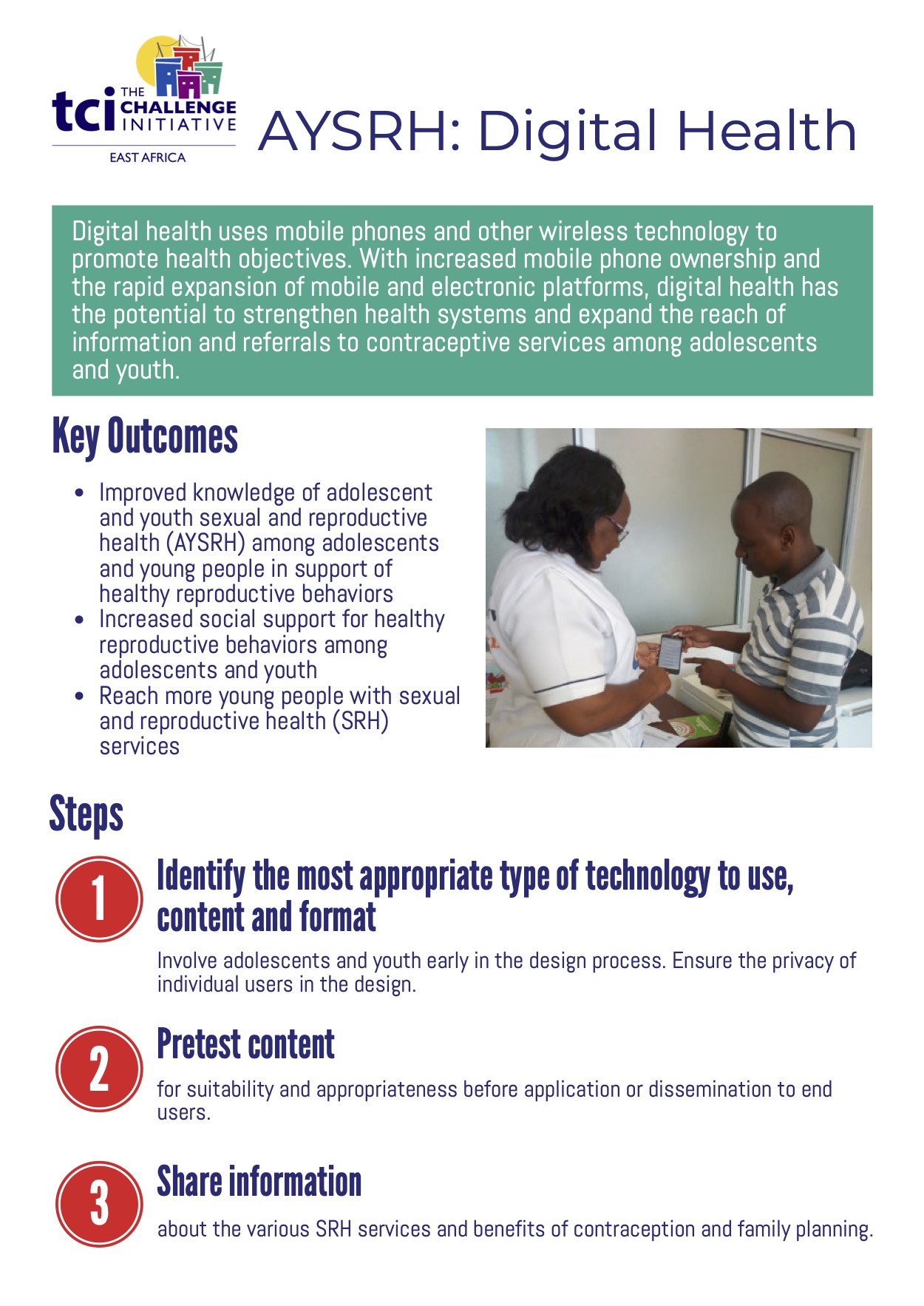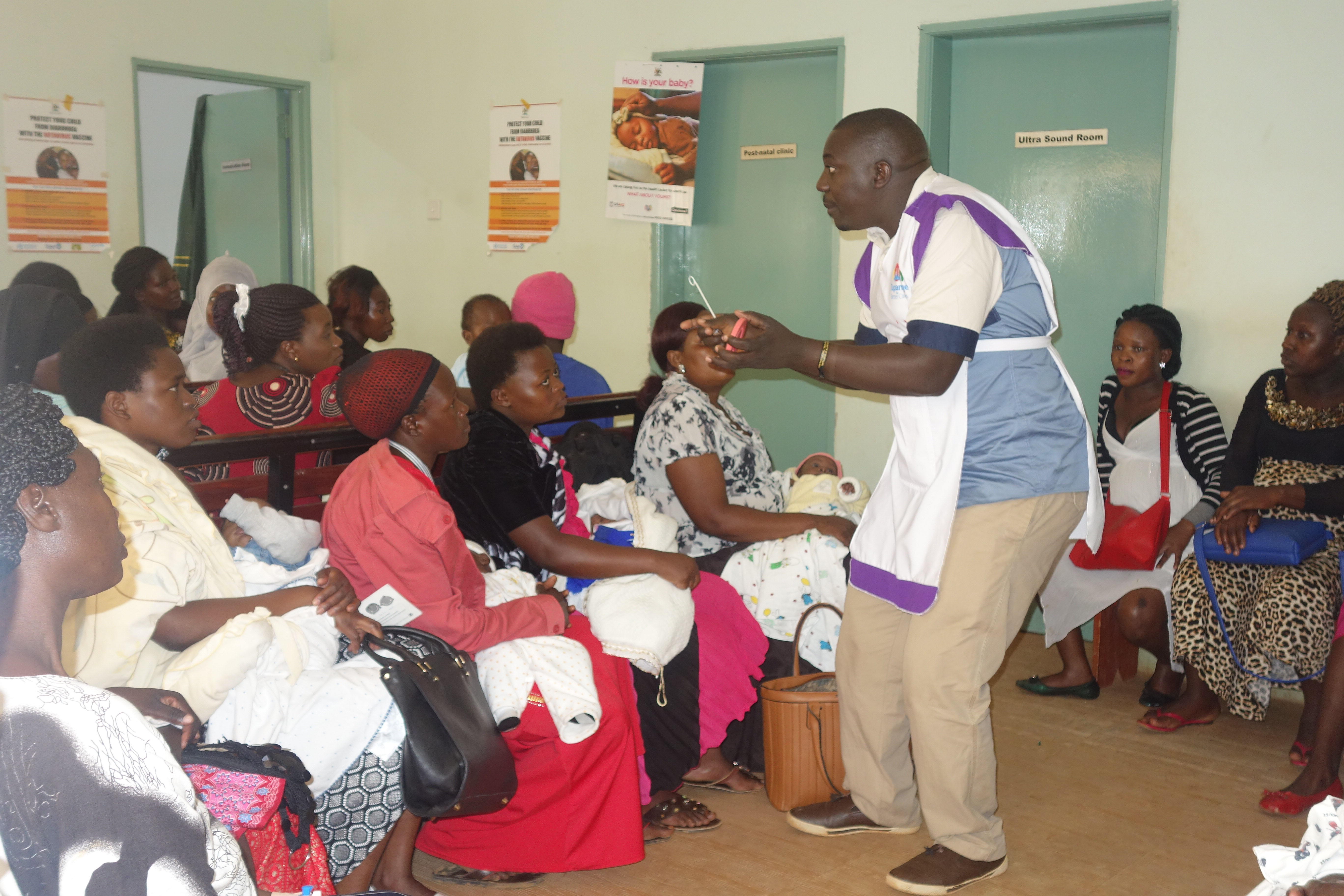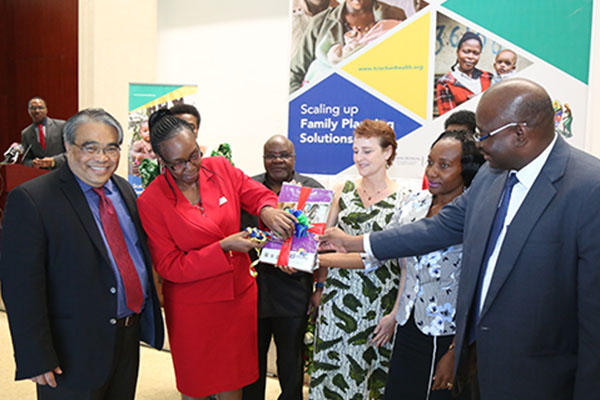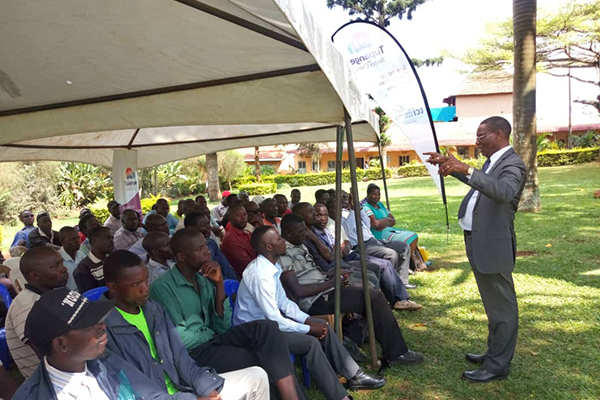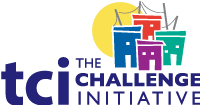East Africa Toolkit: AYSRH Demand Generation
- Home
- Help and Support
- Close
- Toolkits
- Global Toolkit
- AYSRH Toolkit
- Hub Toolkits
- Core High-Impact Practices
- Gender Essentials Mini Course
- Close
- Resource Collection
- Community of Practice
- Coaching
- Log In/Register
- My Profile
- English
Digital Health
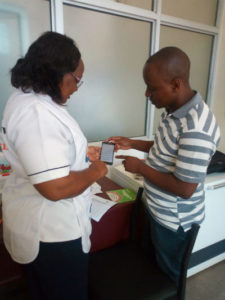 Digital health is the use of mobile phones and other wireless technology to promote health objectives. Countries are turning to digital health applications through technologies such as mobile phones, tablets, and computers to improve health care delivery, strengthen health systems, and support clients. Research shows that such approaches can contribute toward time and resource efficiencies by improving our ability to bridge physical distance and by increasing accuracy and speed of data collection and reporting. Recent Demographic and Health Surveys report an increase in mobile phone access across Africa, with the majority of households in Kenya (86%), Tanzania (78%) and Uganda (74%) reporting mobile phone ownership. With the rapid expansion of mobile and electronic platforms, there is potential for even greater use of digital health technologies to strengthen health systems and expand the reach of information and referrals to contraceptive services among difficult to reach groups such as adolescents and youth. Access to mobile phones and internet is particularly high among urban residents and youths. Although women are less likely to own mobile phones than men, their access to mobile phones continues to grow.
Digital health is the use of mobile phones and other wireless technology to promote health objectives. Countries are turning to digital health applications through technologies such as mobile phones, tablets, and computers to improve health care delivery, strengthen health systems, and support clients. Research shows that such approaches can contribute toward time and resource efficiencies by improving our ability to bridge physical distance and by increasing accuracy and speed of data collection and reporting. Recent Demographic and Health Surveys report an increase in mobile phone access across Africa, with the majority of households in Kenya (86%), Tanzania (78%) and Uganda (74%) reporting mobile phone ownership. With the rapid expansion of mobile and electronic platforms, there is potential for even greater use of digital health technologies to strengthen health systems and expand the reach of information and referrals to contraceptive services among difficult to reach groups such as adolescents and youth. Access to mobile phones and internet is particularly high among urban residents and youths. Although women are less likely to own mobile phones than men, their access to mobile phones continues to grow.
This tool will help in:
- Supporting improvement of sexual and reproductive health knowledge among adolescents and young people in support of healthy reproductive behaviors
- Develop digital strategies that will increase social support for healthy reproductive behaviors among adolescents and youth
- Adapting digital strategies to reach more young people with sexual and reproductive health (SRH) services
Why Use Digital Health Technologies for AYSRH?
Digital health technology interventions are categorized into overarching groupings based on targeted primary user below:
- Client: designed to provide health information and support directly to clients, such as Family Health Options Kenya (FHoK) which uses an automated SMS or text message system to facilitate use of SRH services among adolescents through an interactive system of exchange on contraception and family planning methods and clinic locations.
- Health system managers: Interventions are targeted to enable more rapid monitoring of health facility administrative data including human resource and supply chain information.
- Provider: Facilitate training, counseling/job aids, and performance support directly to health workers.
- Data services: Interventions that across all digital health functionalities to support a wide range of activities related to data use and exchange, including improved data storage, analysis and coding.
Evidence
- In Kenya, the non-governmental organization LVCT uses the one2one Integrated Digital Platform to provide adolescents and youth with linkages to HIV, sexual and reproductive health (SRH) and gender-based violence (GBV) services. The organization uses Voice Over Internet Protocol (VoIP) technology that routes calls over a central server to peer counselors, who provide confidential and non-judgmental SRH information. The platform’s ease of use, variety of content, convenience, confidentiality, and interactive nature have been credited for its ability to reach more than 2.7 million youth and adolescents aged 10-24 years through its hotline, SMS platform, social media platforms and radio segments (Adolescent Health Symposium, 2017).
- In Uganda, Hostalite Cyber Academy and Vodafone joined hands with Marie Stopes in boosting reproductive health among University Students. They organized the first ever inter-university hackathon on health with emphasis on sexual reproductive health. The hackathon that attracted local developers and innovators from 12 universities across Uganda, is in response to the growing commitment to leverage information and communication technologies to empower young people (Marie Stopes, 2017). Public Health Ambassadors Uganda is encouraging youth to use digital technologies to share stories on sexual and reproductive health with a global audience (Public Health Ambassadors Uganda, 2016)
- In Tanzania, FHI360’s Mobile for Reproductive Health (m4RH) program was able to reach more than 300,000 users via text message. In addition to reaching women, it also succeeded he intervention both male and female youth with information about family planning via automated text messages on mobile phones. To track changes in contraceptive use, m4RH texted participants asking how m4RH has changed their use of family planning. Although m4RH was not able to track how many participants adopted contraceptive or switched to more effective options as a result of the intervention, it did show that mobile phone interventions are an effective way to reach youth, in particular, in the developing country context (L’Engle et al., 2013).
Guidance: How to Implement Digital Health Strategies in AYSRH Service Delivery
Digital health strategies should be linked with other approaches such as interpersonal communication, community mobilization and mass media. The target audience should be engaged in the development and dissemination of digital health applications. This will ensure the digital health strategy is an appropriate solution to actual and perceived needs as well as to inform the content and the dissemination mechanism.
1. Identify the most appropriate type of technology to use, content (language) and format for using it and involve adolescents and youth early in the design process.
It is recommended to use existing platforms that the end users are familiar with rather than investing in new platforms. This will also reduce the barriers to accessing certain platforms depending on cost, quality and reach. An individual’s privacy should be assured as SRH information is sensitive.
- Providing access to accurate SRH information as well as information on where services are available through a variety of digital channels, such as Twitter Chats on SRH, Facebook pages on information on contraceptives and AYSRH service location and reaching young people through WhatsApp.
- Organizing virtual meetings and webinars on the impact of COVID-19 on SRH.
- Safely sensitizing their peers on available contraceptive services through social media channels.
2. Pretest content for suitability and appropriateness before application or dissemination to end users.
The recipients have to understand content shared with them in the intended way to avoid misinterpretation. The language used should be simple and where possible adapted to local lingo or slang popular in the community.
3. Share information about the various SRH services and benefits of contraception and family planning. Use East Africa: Myths and Misconceptions Pamphlets.
4. Use a variety of platforms, including social media platforms, as is feasible, for increased retention and comprehension.
5. Monitor and evaluate through quantitative and qualitative approaches such as user surveys or inbuilt analytics deployed via the digital platform
Monitoring Process
- Monitor outcomes of digital activities including level of exposure to digital health tools
- Evaluate impact of digital approaches on client and provider behavior
Success Indicators
- Increase in new FP acceptors
- Proportion of clients reached through digital platforms by age and sex disaggregation
Cost
- Research, technology development (e.g., software, programming, server), hardware, data
- SMS, airtime, data time, staff, and promotion
Sustainability
- Nurture local health team’s capacity to develop and maintain digital tools and platforms
- Build digital platforms on existing governance structures
- Partner with local youth organizations with active online or digital presence
TCI APP USERS PLEASE NOTE
You will only receive CERTIFICATES by email – when earning a score above 80% – and will not be able to view or print a certificate PDF from the TCI app.
Test Your Knowledge
Earn a Certificate
Quiz Summary
0 of 5 Questions completed
Questions:
Information
You have already completed the quiz before. Hence you can not start it again.
Quiz is loading…
You must sign in or sign up to start the quiz.
You must first complete the following:
Results
Results
0 of 5 Questions answered correctly
Your time:
Time has elapsed
You have reached 0 of 0 point(s), (0)
Earned Point(s): 0 of 0, (0)
0 Essay(s) Pending (Possible Point(s): 0)
Categories
- Not categorized 0%
- 1
- 2
- 3
- 4
- 5
- Current
- Review
- Answered
- Correct
- Incorrect
-
Question 1 of 5
1. Question
Digital health interventions are targeted to:
CorrectIncorrect -
Question 2 of 5
2. Question
Steps for implementing digital health interventions include:
CorrectIncorrect -
Question 3 of 5
3. Question
Using an approach with mobile phones is effective because the majority of households report access to one, especially among urban youth.
CorrectIncorrect -
Question 4 of 5
4. Question
How useful did you find the information and/or tools presented on this page? Please write your response in the box below using one of the following phrases: Very useful, Useful, Somewhat useful, Not useful.
Feel free to comment on why you made that choice.
-
This response will be awarded full points automatically, but it can be reviewed and adjusted after submission.
Grading can be reviewed and adjusted.Grading can be reviewed and adjusted. -
-
Question 5 of 5
5. Question
How do you intend to use the information reviewed and/or tools that you accessed?
-
This response will be awarded full points automatically, but it can be reviewed and adjusted after submission.
Grading can be reviewed and adjusted.Grading can be reviewed and adjusted. -
Demand Creation Approaches
External Resources
- Digital Health: Strengthening Family Systems Through Time and Resource Efficiencies, High-Impact Practices in Family Planning (HIP)
- Digital Health for Social and Behavior Change: New technologies, new ways to reach people, HIP
- Mobile for Reproductive Health (m4RH) Toolkit: A guide for family planning programs, FHI360
- Kenya National eHealth Policy 2016-2030


